AO Edited
Tokyo Camii & Turkish Culture Center
Tatar Russian in origin, the largest mosque in Japan is now an Ottoman-style Turkish culture center.
The upscale Yoyogi-Uehara district of Shibuya City, Tokyo, is mainly known as a quiet residential neighborhood. But it’s also home to a cultural marvel unlike any other: a grand blue mosque towering skyward, the biggest one in Japan, built in splendid Ottoman style. It’s named Tokyo Camii, from Turkish camii “mosque,” and adjacent to it is a branch of the Yunus Emre Institute, as well as a shop offering halal food and Islamic gifts, including Turkish delights and baklavas.
The mosque, however, is not exactly of Turkish origin and was founded well over a decade after the fall of the Ottoman Empire. In fact, it was originally built in 1938 as an Islamic school for the Bashkir and Tatar refugees, who fled Russia following the October Revolution with Turkish citizenships.
In 1986, the school and the old wooden mosque, then called Yoyogi Mosque, were demolished due to severe deterioration. The land was donated to the Turkish government, which funded the reconstruction of the mosque and completed it in 2000. Designed by Hilmi Şenalp, the newly-revived “Tokyo mosque” is considered one of the most beautiful mosques in East Asia, at the very least.
Inside, a large chandelier and brilliant stained-glass windows welcome visitors to the domed hall, which can house up to 2,000 people at once.

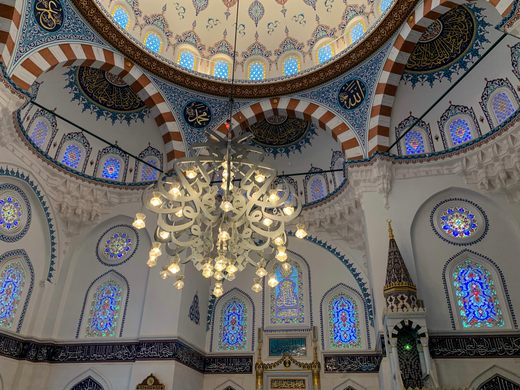
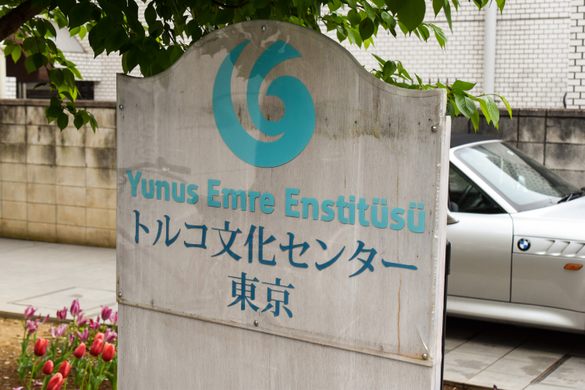
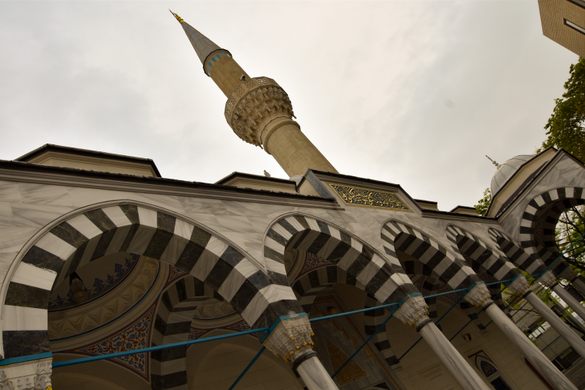
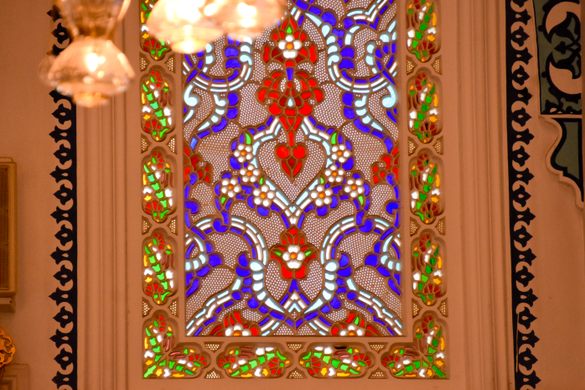
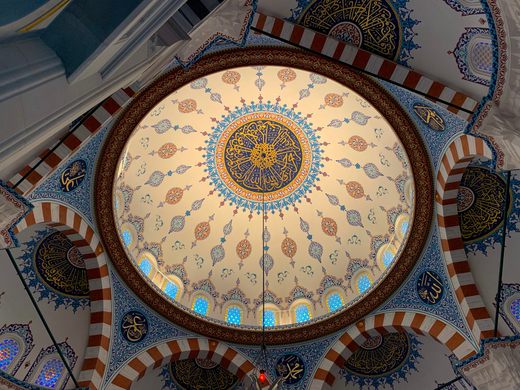
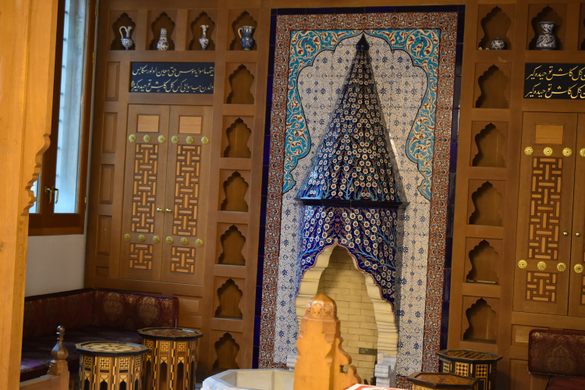

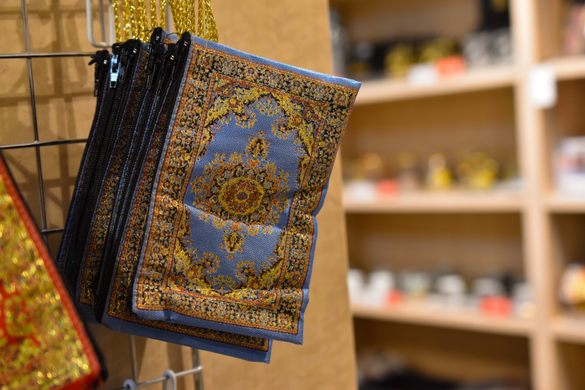




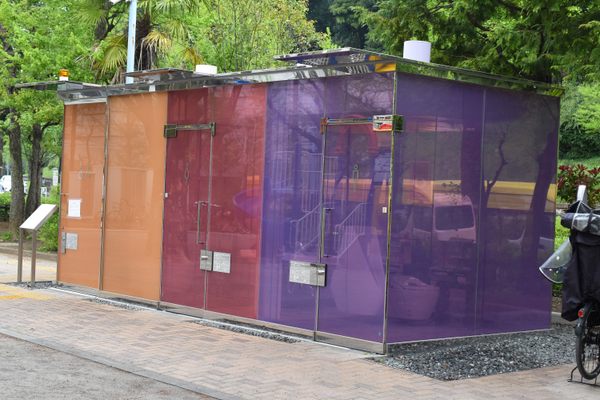



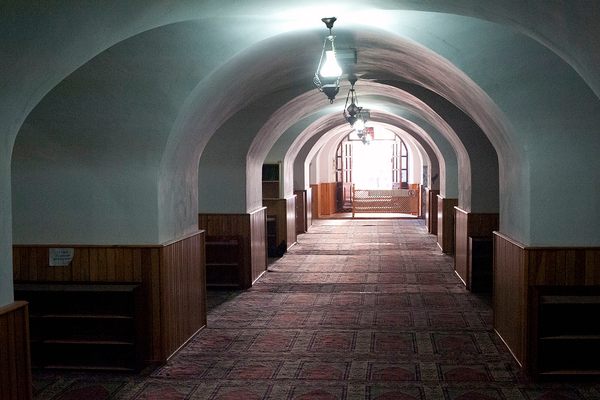



Follow us on Twitter to get the latest on the world's hidden wonders.
Like us on Facebook to get the latest on the world's hidden wonders.
Follow us on Twitter Like us on Facebook